Hello everyone. I am pretty new to baking and have my mind set on being able to produce a perfect loaf of bread using the traditional flour, water, salt and yeast. I have read Professional Baking from Gisslen and Flour Water Salt Yeast from Ken Forkish which I feel gave me a decent foundation to build some experience on. I have baked a loaf of bread every day for almost two weeks now. I feel I have started to get a rhythm down and was hoping the more experienced can look at my procedure and tell me what I might be doing wrong. I have yet to come up with a loaf I am really proud of. All the loaves came out OK and received praise from the family but I am an aspiring chef and wont stop until I can get it down perfect.
Goal - An aesthetic loaf of boule with that deep dark rich caramelized crust, nice volume and with an open large hole crumb that tastes absolutely fantastic.
Procedure - 12 hour room ferment poolish made into a final dough containing 75 percent hydration. I use the short mix technique, 2.5 hour bulk fermentation, 60 minute proof and an overall bake time of 1 hour @ 475 in thee old dutch oven.
Here is the overview of how I attempt to do it.
Tools/Ingredients. My thermometer when submerged in a ice bath registered 30 degrees. I didn't calibrate it instead just took into consideration its 2 degrees low. Set a standard on the two scales I use. 1 is accurate to .01 grams. The other is accurate to within .1 grams. Both came out within spec.
==============================================
Total Ingredients
Gold Medal APF and instant yeast used.
flour 500g; 100 percent
water 375g; 75 percent
salt 10.5g; 2.1 percent
yeast 1.7g; .34 percent
poolish 50 percent
==============================================
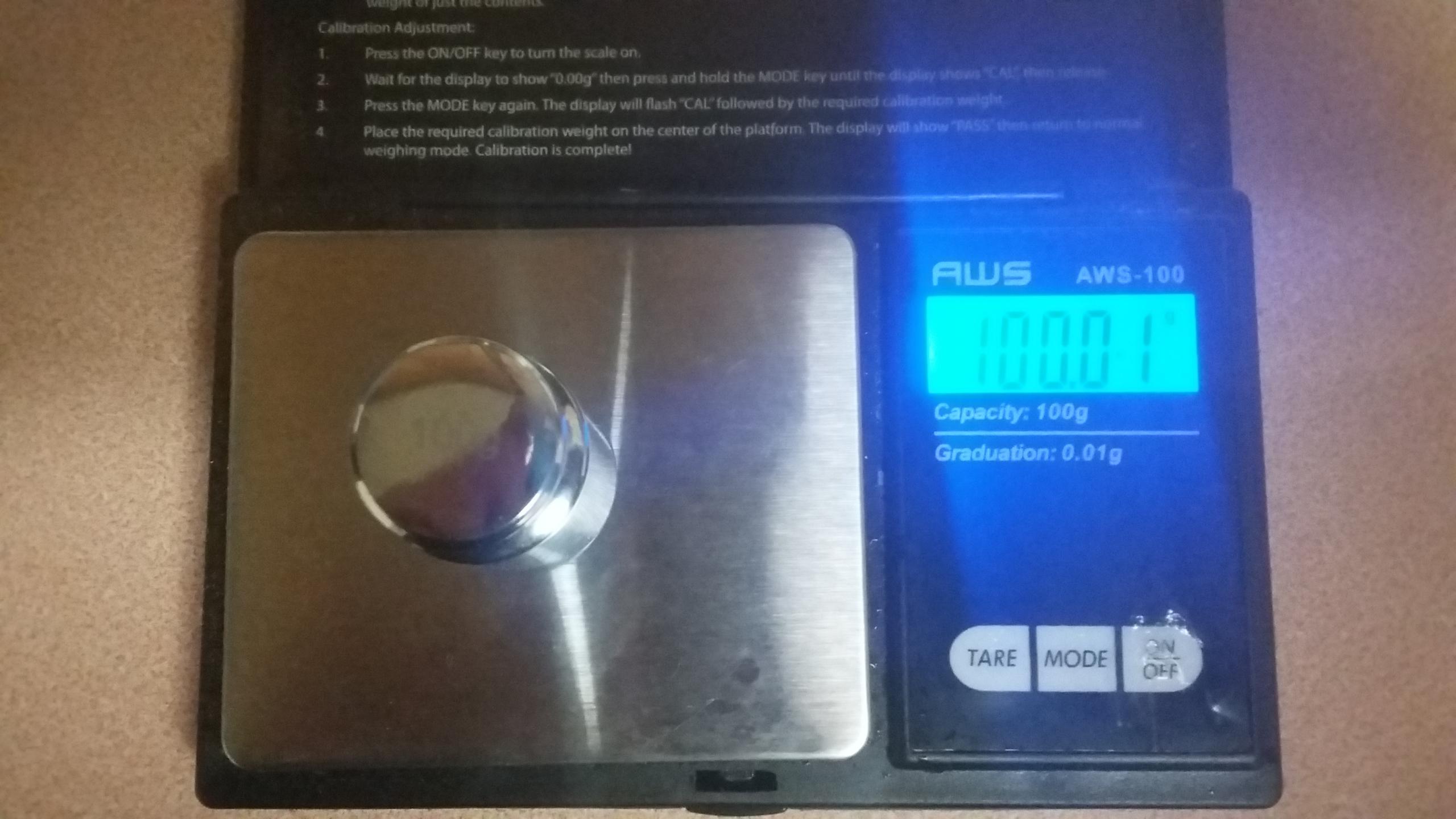
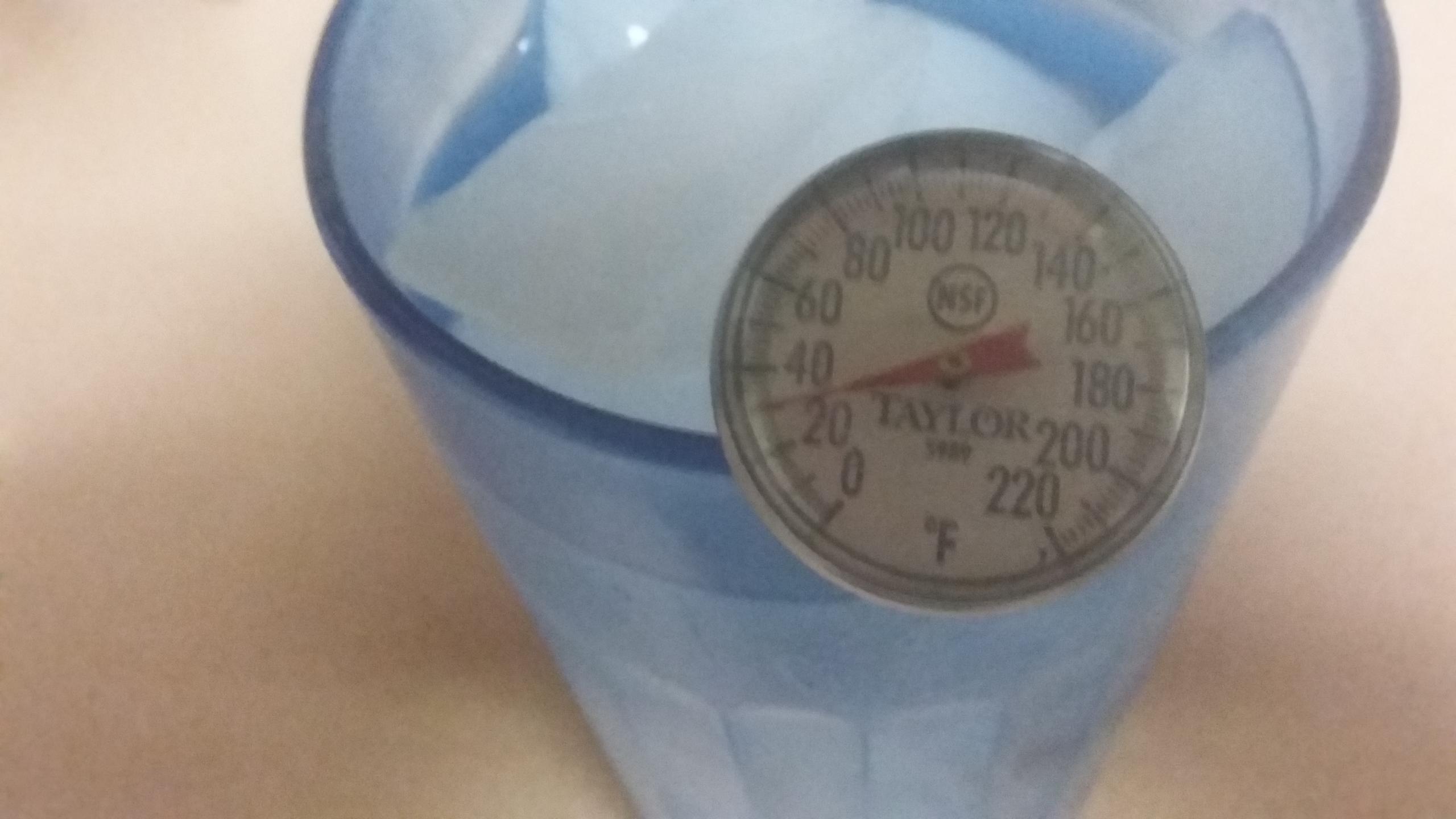
Make a poolish 12 hours before I mix final dough. 1 to 1 flour and water and .0008 percent yeast by flour weight. Final poolish temp after mixing was 72 degrees. It fermented in a kitchen for 12 hours between 70 and 73 degrees.
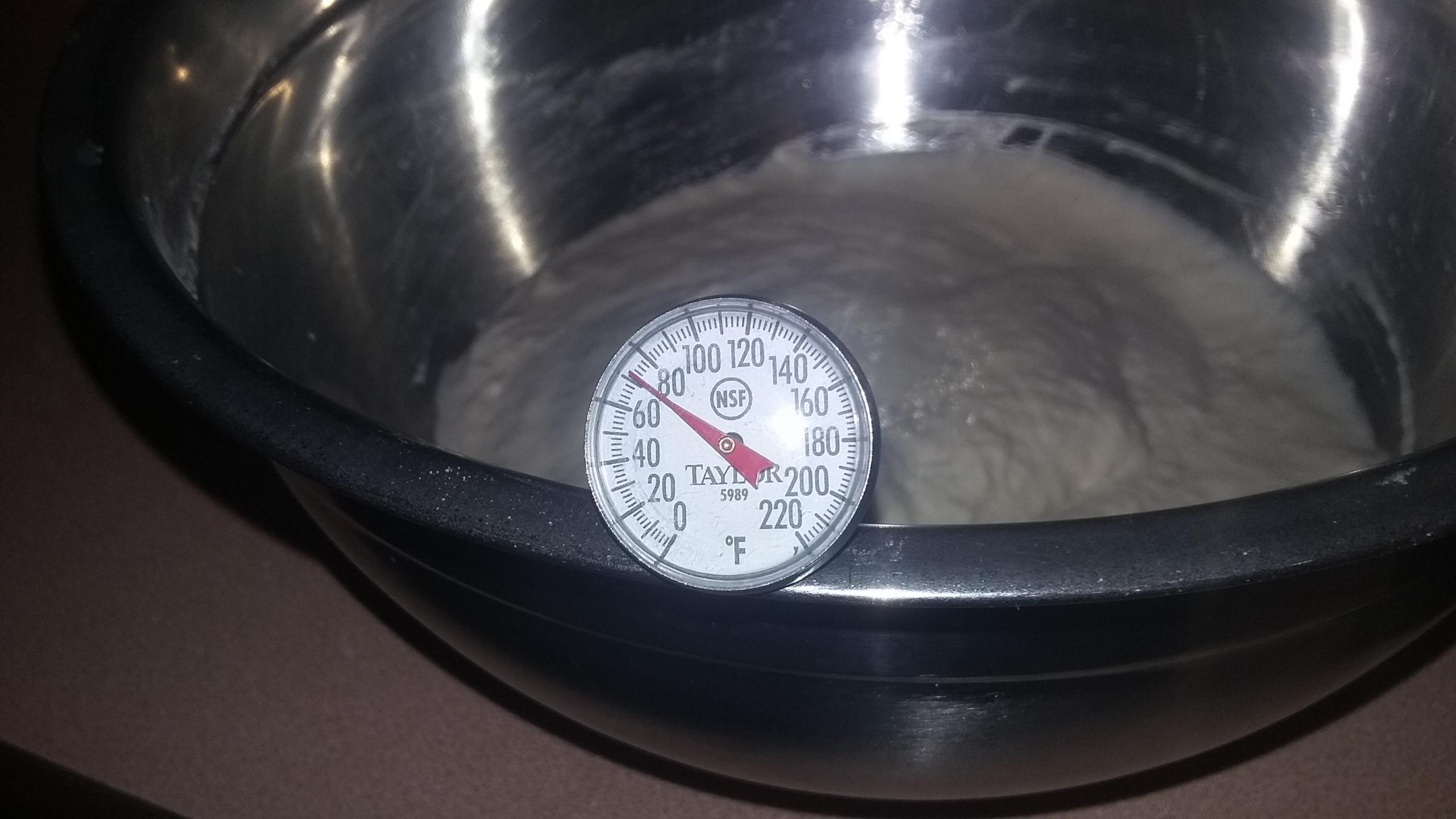
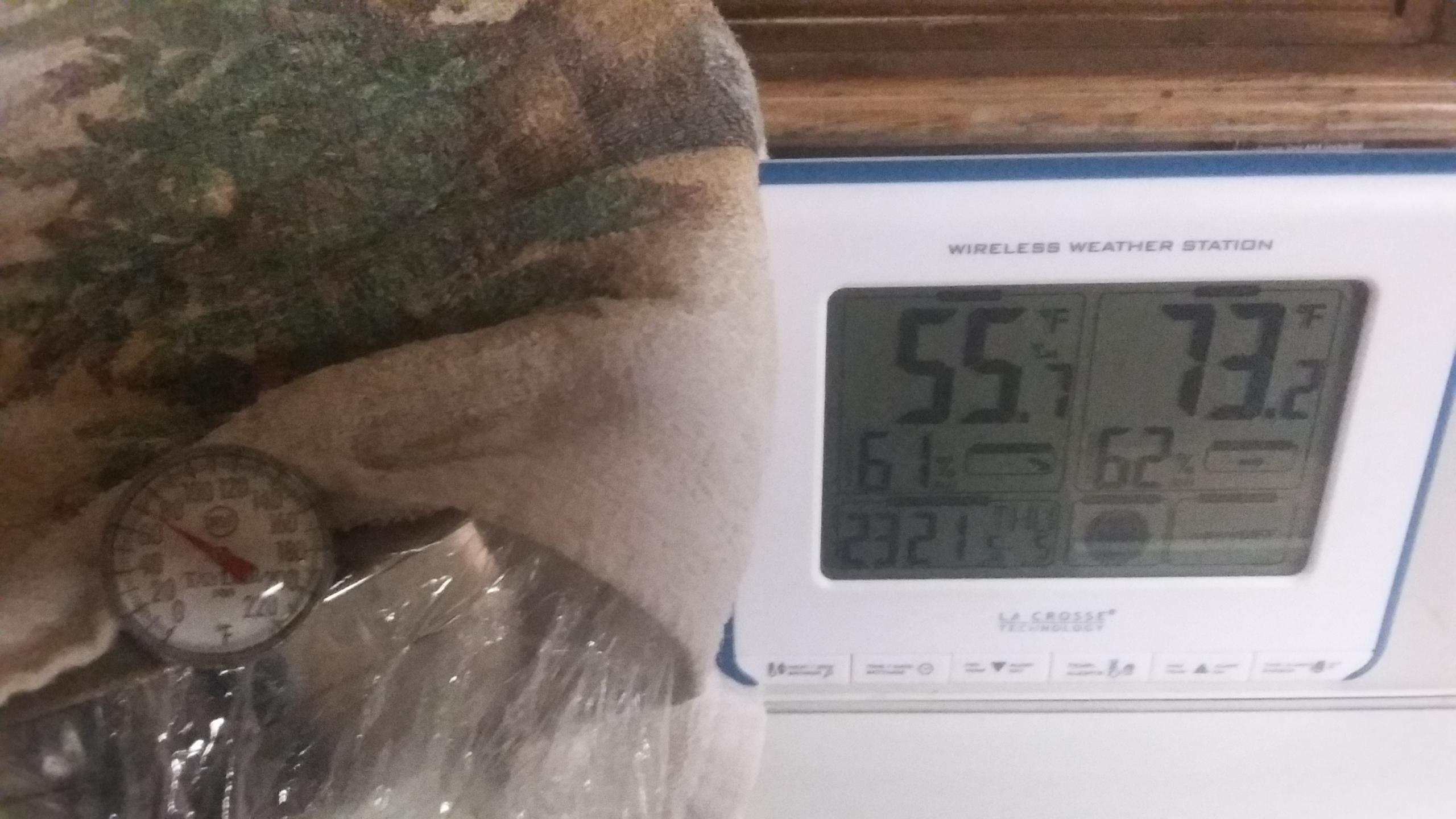
Mix all ingredients for 5-6 minutes by hand using a folding method mixed with a pincing action. Dough is 75 percent hydrated. Final dough temp was 72 degrees. 3 degrees short of target. Took note for next time.
Let rise for 10 minutes and perform the first fold
Let rise for 40 minutes and perform the second fold.
Let rise for 40 minutes and perform last fold.
Let ferment for another hour. Total ferment time was 2.5 hours.
I never degassed the dough during the entire process except for what I couldn't help with my folding. Glissen mentions degassing to reduce the CO2 in the dough to allow the yeast to flourish. Ken never mentions that in his book and was under the impression that might be responsible for the largish holes in the crumb that I was after so I sided with Ken on that.
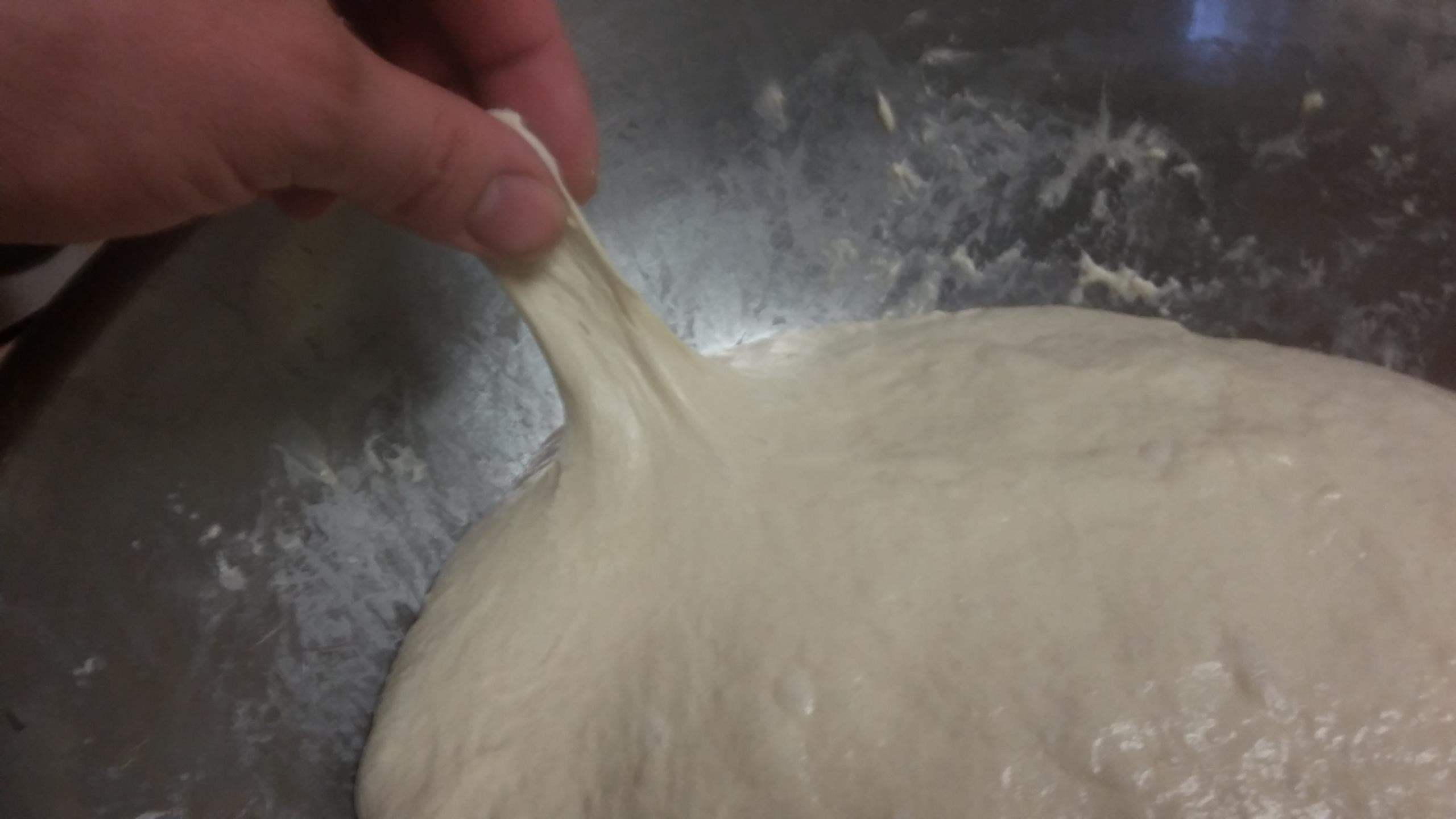 <<This is right before pre shaping the loaf. Any further and the dough snaps.
<<This is right before pre shaping the loaf. Any further and the dough snaps.
Took and pre shaped nice and tight
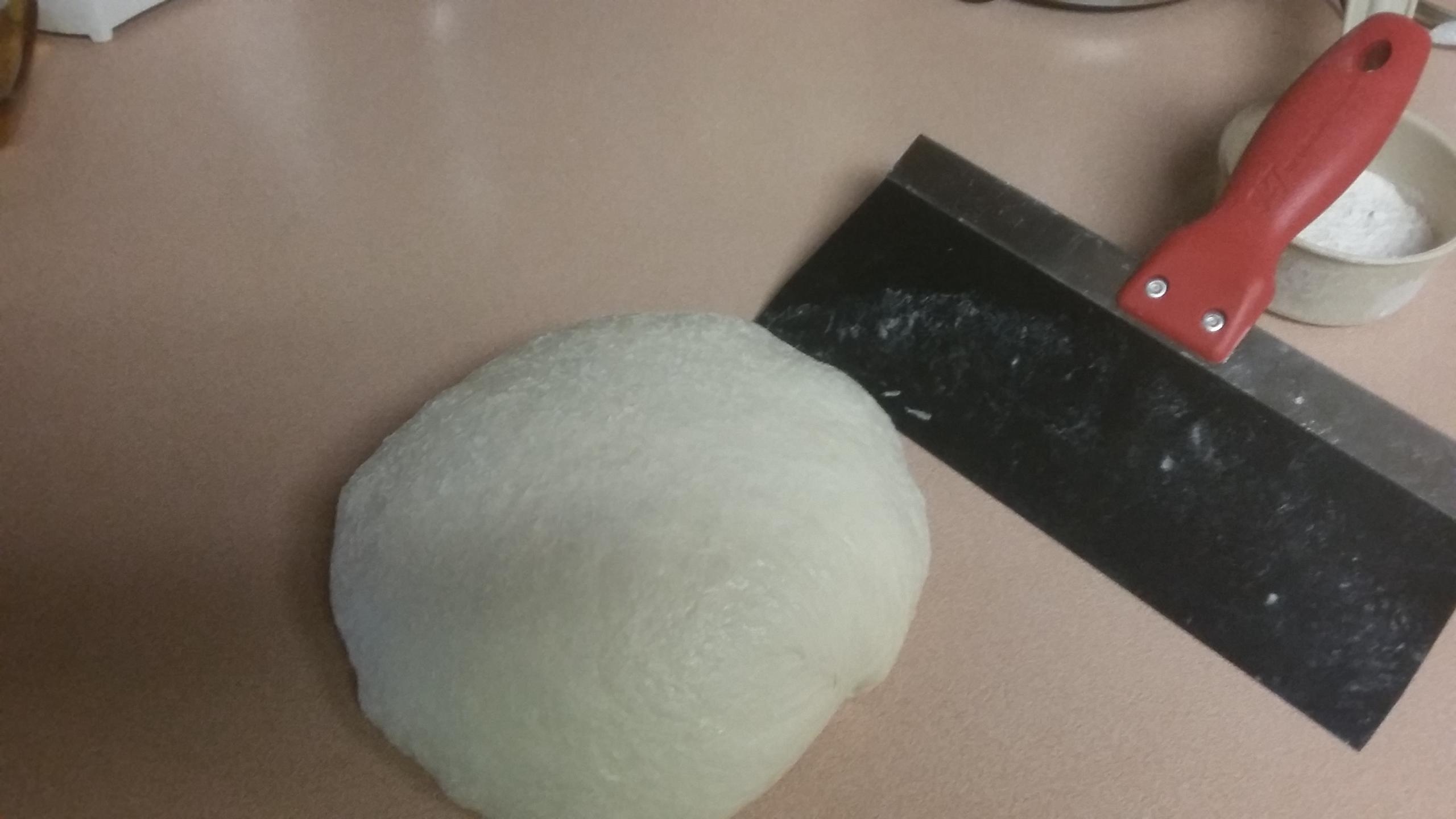 <<Pre shaped and bench resting.
<<Pre shaped and bench resting.
Bench rested for 25 minutes.
Took and performed final shape by folding and then tightening it the best I could. Put the loaf into a linen lined bowl seam side up for 55 minutes. Poked with a finger and it sprang back about half way slowly.
Took out of basket seam side down and scored. I try a different score all the time to see which one I like best. Did not like this one due to the loaf deforming during bake. I wanted a nice round loaf.
Put dough into a preheated dutch oven at 475 degrees, put the lid on to induce steaming and slipped into oven for 30 minutes.
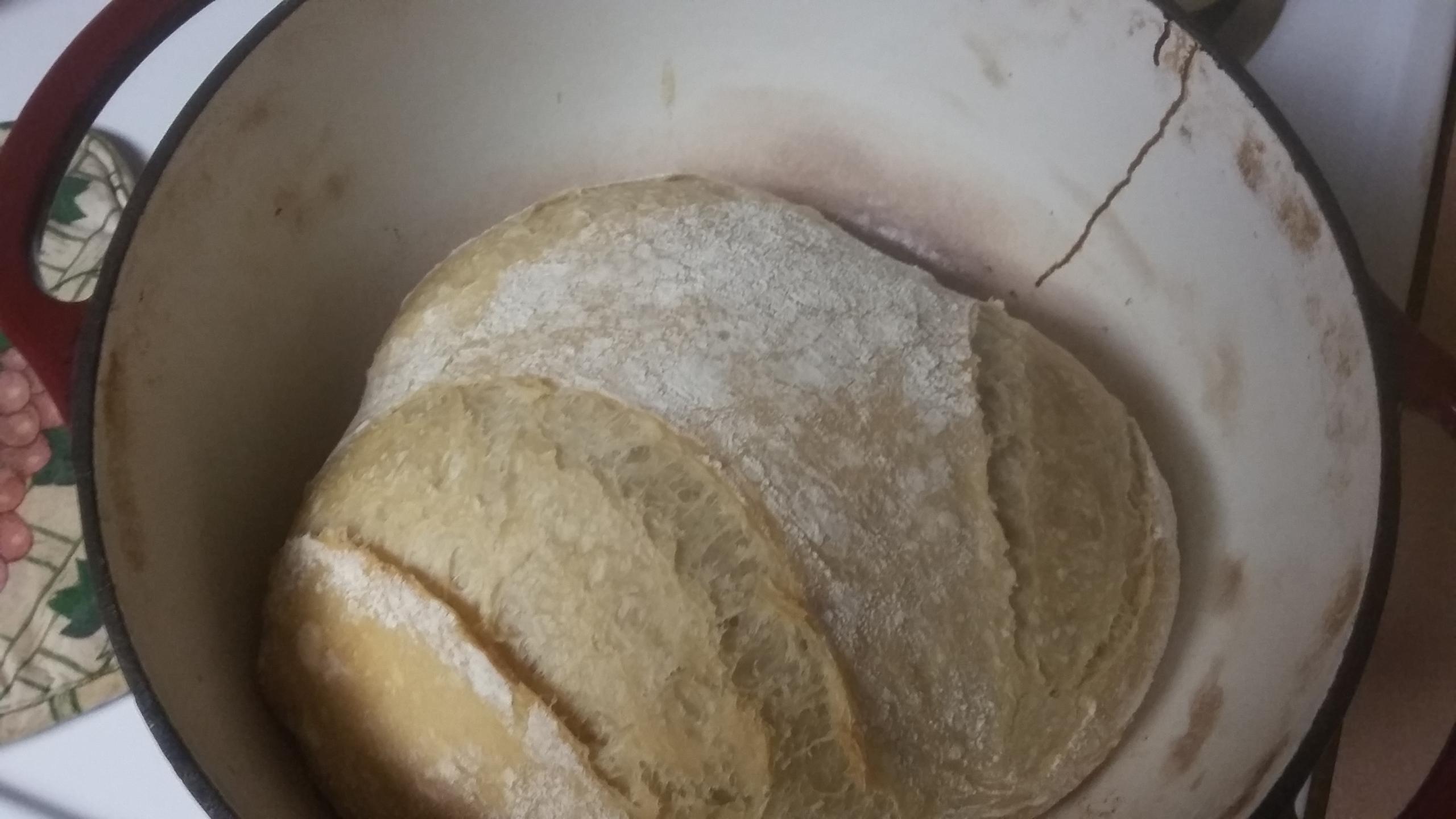 <<This is how it looked after the steam. Note the deformed shape due to the scoring.
<<This is how it looked after the steam. Note the deformed shape due to the scoring.
Took lid off and continued to bake another half hour which usually turns my crust a lovely deep rich brown. This time it wasn't even close which confused me. Put back into oven 10 more minutes. Still under carmelized. Ughh. Thumped bottom and it was quite hollow sounding. Temperature read 205 degrees. In fear of not wanting to over bake the bread I put it back in the oven under a low broiler. Soon found out that was not going to work. Started burning the top and left the rest unaffected so I removed the loaf.
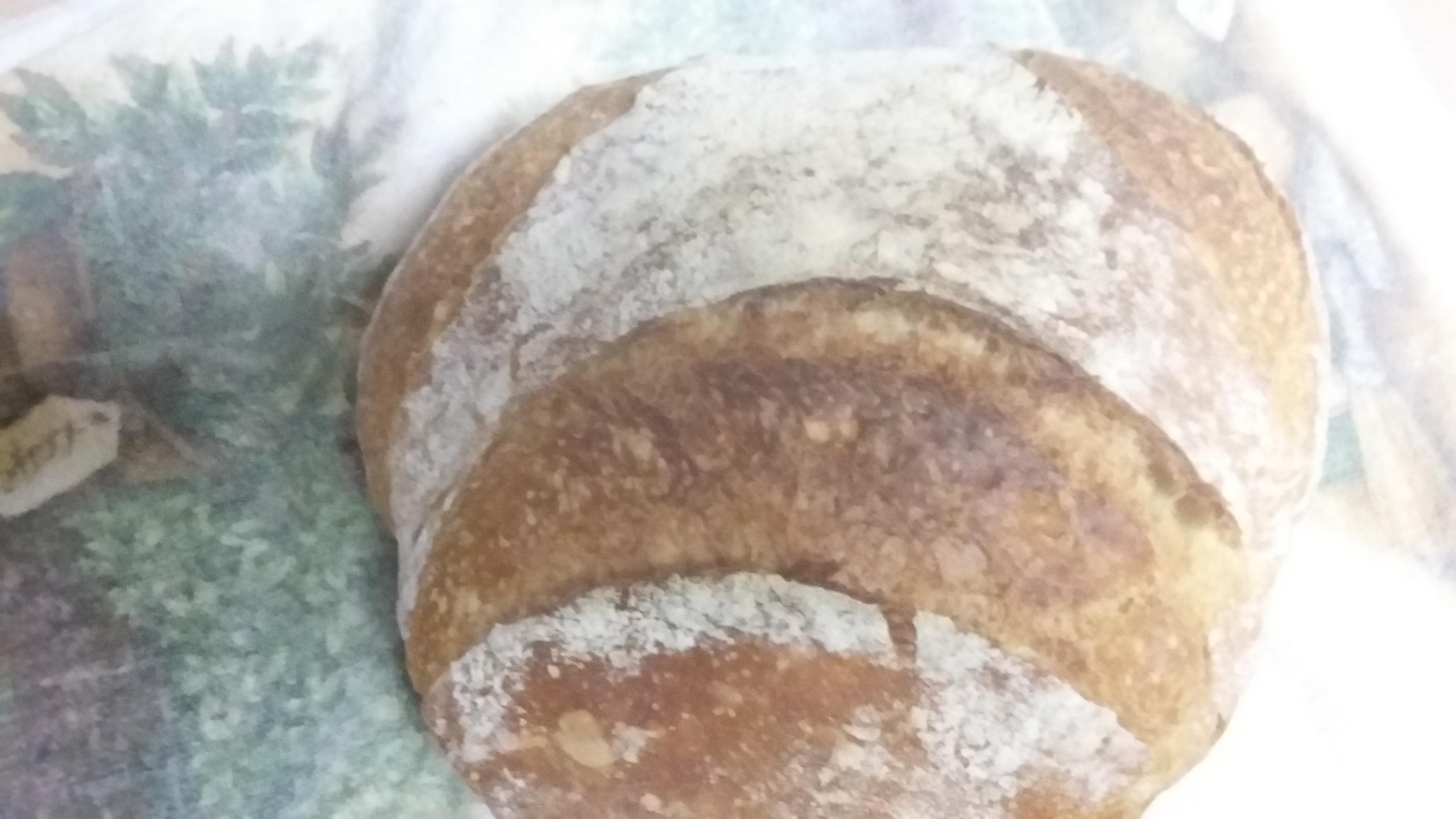 <<This is right out of the oven. A little black spot from the broil attempt. The very top would have burnt first I would suppose if not for the white coating of flour reflecting the radiant heat.
<<This is right out of the oven. A little black spot from the broil attempt. The very top would have burnt first I would suppose if not for the white coating of flour reflecting the radiant heat.
I put the loaf on a wire rack and covered with towel. As it cooled I could hear the loaf cracking under the stress of cooling. I have never noticed this before. Not sure if it is supposed to do that or not. I cant remember if I stayed in the kitchen before while the loaf was cooling straight from the oven.
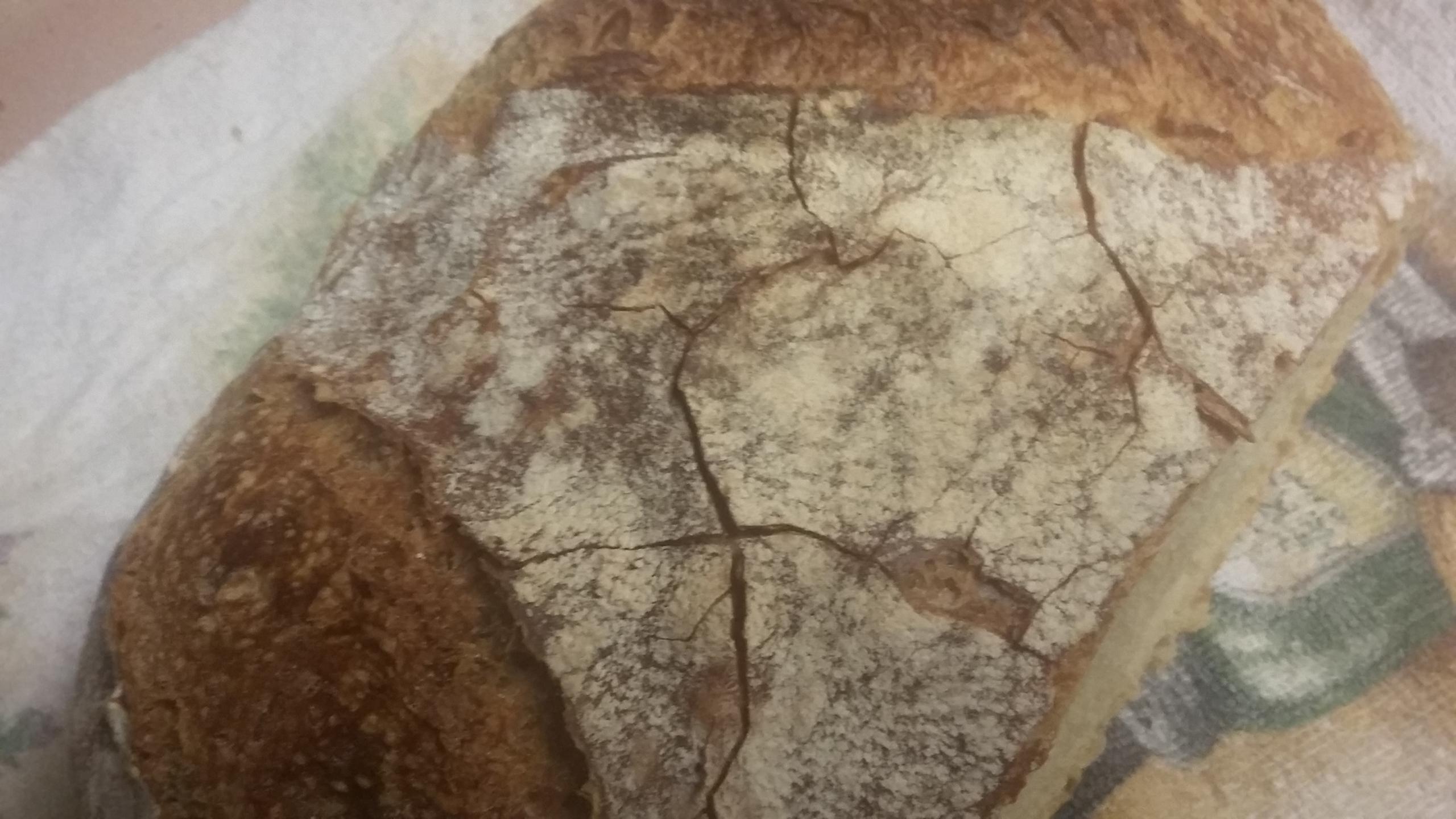 <<Note the cracks formed on top during cooling.
<<Note the cracks formed on top during cooling.
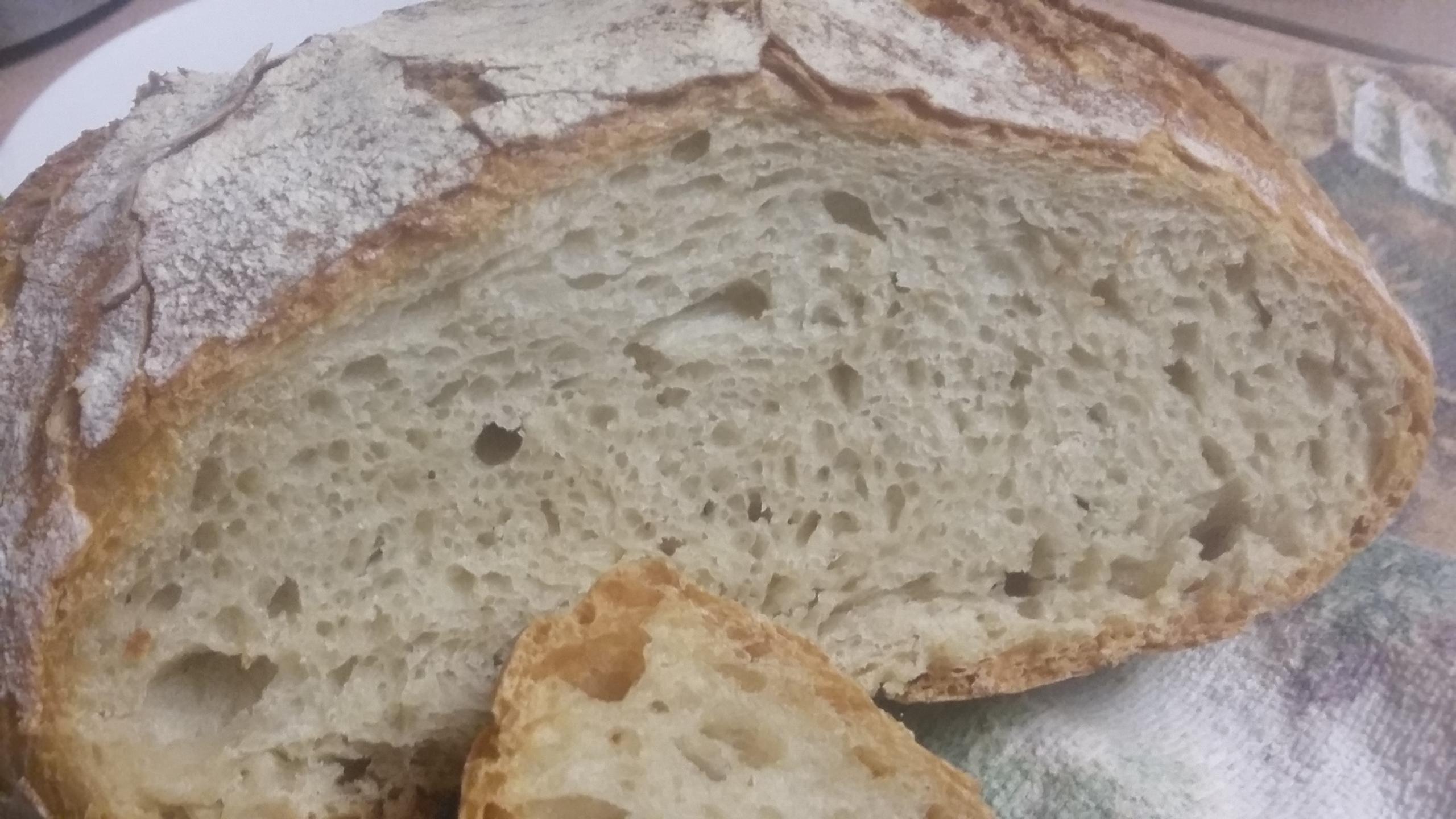 <<A picture of the crumb. Turned out alright except I was going for a nice large hole rustic like crumb.
<<A picture of the crumb. Turned out alright except I was going for a nice large hole rustic like crumb.
So a few questions...
Where are my mistakes for the loaf I am after?
Could the crust be due to an over ferment from yeast consuming all the sugars in the flour or something else?
What is everyone else's thoughts on degassing the dough. Does it affect the crumb?
What is the word on the cracking during cooling?
Any thoughts on water quality. I have alkaline water with a hardness of aprox 250ppm. Should I try lowering pH to promote gluten development like Glissen mentions?
What score on the top of the loaf is everyone else's favorite for boules?
If you made it this far I would like to thank you for taking the time.
-Christopher Sheffield
Looks great, to me. You might try spraying a bit of water on the surface of the dough, just before you place it in the oven.
Ford
I think your dough could do with a bit more development. It doesn't look like it stretches very before it snaps. I test my dough by cutting off a small piece and stretching out into a thin layer that I can see light through (window pane test).
You might get more open crumb if you ferment the dough a bit longer. I usually do about 5 folds in total (one every 30mins) and then leave the dough for another 2 hours at room temp. Then I pre shape and shape the dough and leave it in the fridge for at least 16 hours . I bake straight from the fridge.
This is just what works for me. But I mostly use a sour dough starter and not yeast and I've never baked in a Dutch oven.
I prefer oval loaves with one long slash down the middle. I haven't managed a good looking boule yet :)
I hope you're happy with the taste though?
Happy baking
Ru
Your loaf looks great and if your family likes it, then so much the better...
And yes, loaves do "sing" when right out of the oven - assuming the crust is baked and crisp that is. I love the sound of it - I can unload my ovens and have 24 loaves on my cooling racks and the crackling is amazing! (I've never covered them with a towel though - to me, that feels like it would make the crust softer)
However - you're after "the perfect loaf", but what's that? e.g. the perfect loaf in the UK (where I am) doesn't have holes in it like yours. That would be a fail at any local fairs' produce judging competition. (They wouldn't even taste it) So the perfect loaf is a very subjective thing.
My perfect (white) loaf has a smaller more even crumb and a darker crust. Much darker.
And if I may make a suggestion... Close the books and put them to one side. Make a loaf as an artist not a scientist. Make it by feel. Weigh stuff in a much more approximate fashion. Those scales you have - they're great for weighing things, but not so good for weighing stuff out. (they're too slow) I have a set of 0.1g scales - frustrating to use. I use my AP8000 bakery scales most of the time - even to the point of weighing out yeast unless its a tiny amount - if a recipe needs 7.8g of yeast I'll use them to weigh 7g then take them slowly to 8g and no more. 0.2g of yeast won't make much difference. For your poolish - just use a pinch of yeast. Don't bother calculating and weighing. 0.0008% of the flour... I do think you might need to do more stretch & folds though, although it's not my usual technique for making breads.
Also get to know your kitchen - know the cool spots and warm spots and use those to your advantage (one place where an IR thermometer can be a boon)
And do try to find some fun and enjoyment in it all - I recently moved from home/hobby baking to (very small scale) commercial baking and I still love making a single loaf of bread.
Oh, scoring - I score round loaves (almost always proofed in bannetons or linen lined baskets) with 3-4 parallel scores to make them bake into a big oval, although it depends on the loaf - my cheese cob has /|\ type scoring because I wanted it to look different... But there is the classic + or # shapes too.
-Gordon
-Gordon
First let me say that I took your post to heart more than the others...
having said that...
Trust me I dont go through all the effort I went through on this post as I do all my bakes. I have lurked for a few months and have found that people come on this forum with little detail on their situations but need answers. Then you guys are like 'well did you do this?' and 'how did you do that?' back and forth situation. I put it out there in a scientific manner to make it easier on you guys to answer the questions I needed answered without having to post dozens of responses.
If it makes you happier disregard my previous post in it's entirety and I'll ask this....
====================================================================================
REVISED POST
my loaf didnt come out right. how do fix?
=====================================================================================
Thanks for the detail.
Your loaf looks good to me. Your family likes it. Be proud. I would be.
But it's not what your after - big open (glossy, goes with the territory) holes, dark crust and that one time it didn't work, but according to your original post, it has worked well in the past.
Who knows. Oven having a bad day? Checked its thermostat? Made a loaf in it since?
Sometimes that's the way it is - you have a fairly detailed procedure - is it possible you missed a step? Forgot one stretch and fold? Set the oven to the wrong temperature without realising it? I really don't know.
I'd not worry about it though. You've had good results in the past and this last loaf wasn't 100%. Make another.
I make bread for sale - and what I aim for is consistency - I want my customers to be able to recognise one type of loaf from another in terms of type, but within the same loaf type - often they're different - some bake a little darker (depends on which oven I use and which shelf in that oven), sometimes I get a bit of a burst in the crust (shaping laziness maybe) and rarely I forget to turn the oven down after 12 minutes and they come out somewhat "well fired"...
I think your procedure may benefit from more and more frequent stretch and folds though. That will help better develop the gluten in the early hours of the bulk ferment stage.
More regular stretch and folds will help even out the holes and help the holes open up - essentially more + gentle gluten development. This is a lot easier with more dough - make double the quantity. You should be able to gently stretch it more than your photo suggests. Stretch and fold isn't really my thing though - I rarely make bread using that technique.
But at the end of the day, you've still got good, edible, tasty bread that your family likes - want it darker, make toast :-)
Keep baking!
-Gordon
If you want a darker crust try cutting the time with the lid on down to 15 or 20 minutes.
Hello Christopher,
if you start with alkaline water, you start from a disadvantaged position and definitely need to ferment longer, to overcome the alkalinity and reach the target for acidity of the final dough and bread crumb. Without proper acidity there will be no flavor. In other words, it doesn't matter what the book says about time and temperature of the fermentation for the poolish and dough. You have to reach the target acidity for each or else you are not done yet.
Your dough and crumb look a bit too wet to me, but that still is acceptable.
What is aesthetic is highly personal, so no comment on slashes from me. Look at what is out there and see what pleases you and copy that. Maybe you would end up loving absolutely smooth loaves, no slashes. Maybe just one slash, straight, curved, circular, center, off-center etc. Maybe a pattern. Roger Gural is a top notch artist in that regard. His patterns of slashing are beautiful and varied. Just google it. He created hundreds of patterns of slashes of unparalleled beauty on his breads.
Deep dark rich caramelized crust ... well, 'caramelized' is from "caramel", i.e. enough sugar and "Deep dark rich" - from mallard rxn, with amino acid lysine in your dough. Either your flour has not enough sugar (amylase) or else - not enough diastaticity (diastatic malt) for mallard rxn to proceed.
"nice volume" is obvously due to two things: enough sugar and yeast, sufficient gluten development. You haven't kneaded your dough at all. Only blended it a bit for 5 min and then folded. You need to knead for at least 25-30min, if by hand. Like that, 650-800 turns. That IS SHORT MIX if done by hand.
https://www.youtube.com/watch?v=PvdtUR-XTG0
Then you give it expansive stretches and tight folds during fermentation, to give it strength and create open structure, to capture large amounts of gas between folded layers of dough (as in mille feuille, in flaky turnovers). They will open up into the crumb structure you wish during baking.
..."tastes absolutely fantastic"... This is mostly about acidity. If you reach the target acidity, then you will have your fantastic taste, flavorful bread. Target pH of bread dough is about 4.7, of poolish - about 3.7-4.2, no lower than 4.5 at any rate.
Degassing doesn't affect the crumb. It affects mostly yeast and gluten development.
Cracking under cooling, especially severe as in your case, indicates extreme expansion (excessive volume). Many people like that look though and seek it.
best wishes,
mariana
by River Cottage.
It takes all the mystery out of bread baking. We all strive to achieve better results (especially with sourdough!) but really? ............. bread is a simple product that has been made for 1000's of years.
In my humble opinion you are thinking too much about all this, particularly if you are new to baking. Just have some fun learning how to make simple bread, by feel, by sight and by taste.
All the science can come later............ enjoy it! :)
I agree with the others that bread baking is not an exact science (at least not in home kitchen environments). Even though measuring by weight is a prerequisite for even results, trying to control every step of the process as if you were in a lab doesn't guarantee success, or make you feel more confident.
And it certainly seems to take the fun out of it, as Chockswahay stated!
Covering a warm bread with a towel is a method to soften the crust, trapping the moisture from the cooling bread. Is that what you intended? The crackling of the cooling crust is usually music in bakers' ears, called "singing". I would love to hear that!
Degassing the dough - a good idea if you want an even-pored crumb. Ken Forkish and Chad Robertson emphasize on NOT doing it with their hole-y loaves.
If I were you, I wouldn't worry too much. I would have been happy if my earlier loaves had looked as good as yours does (they were bricks!).
Happy baking,
Karin